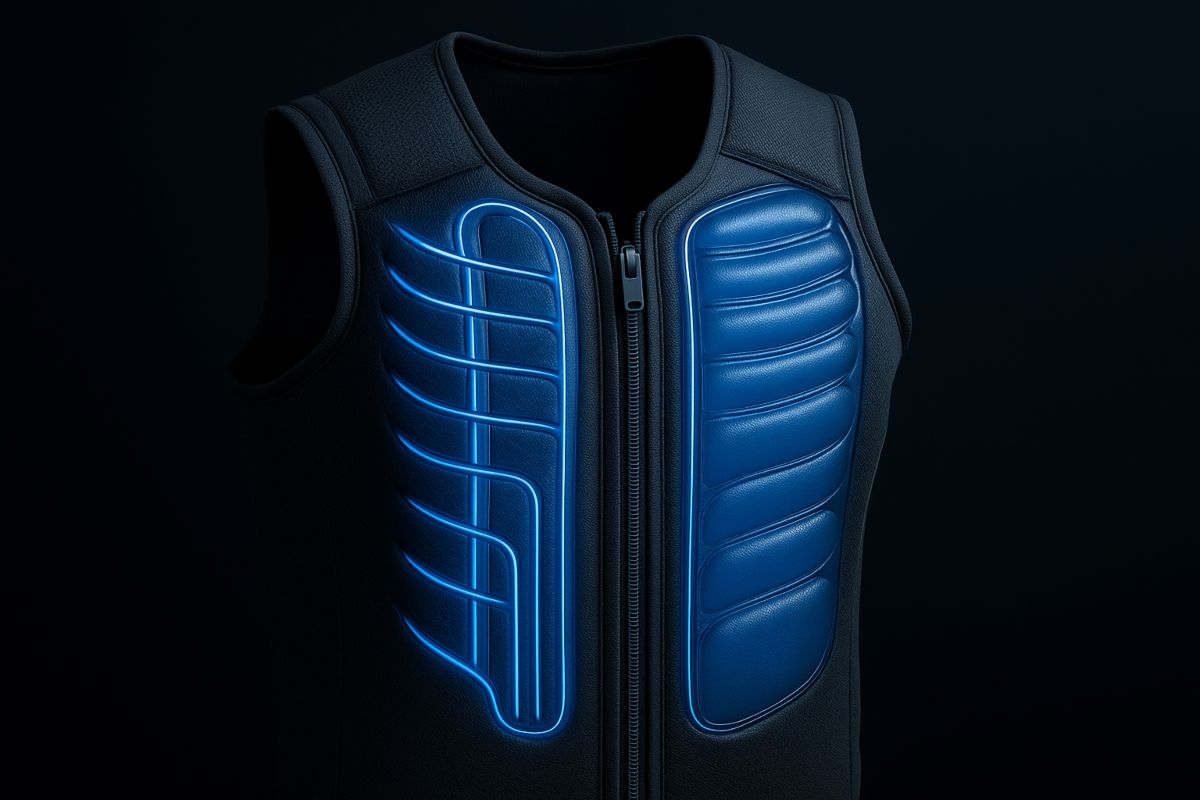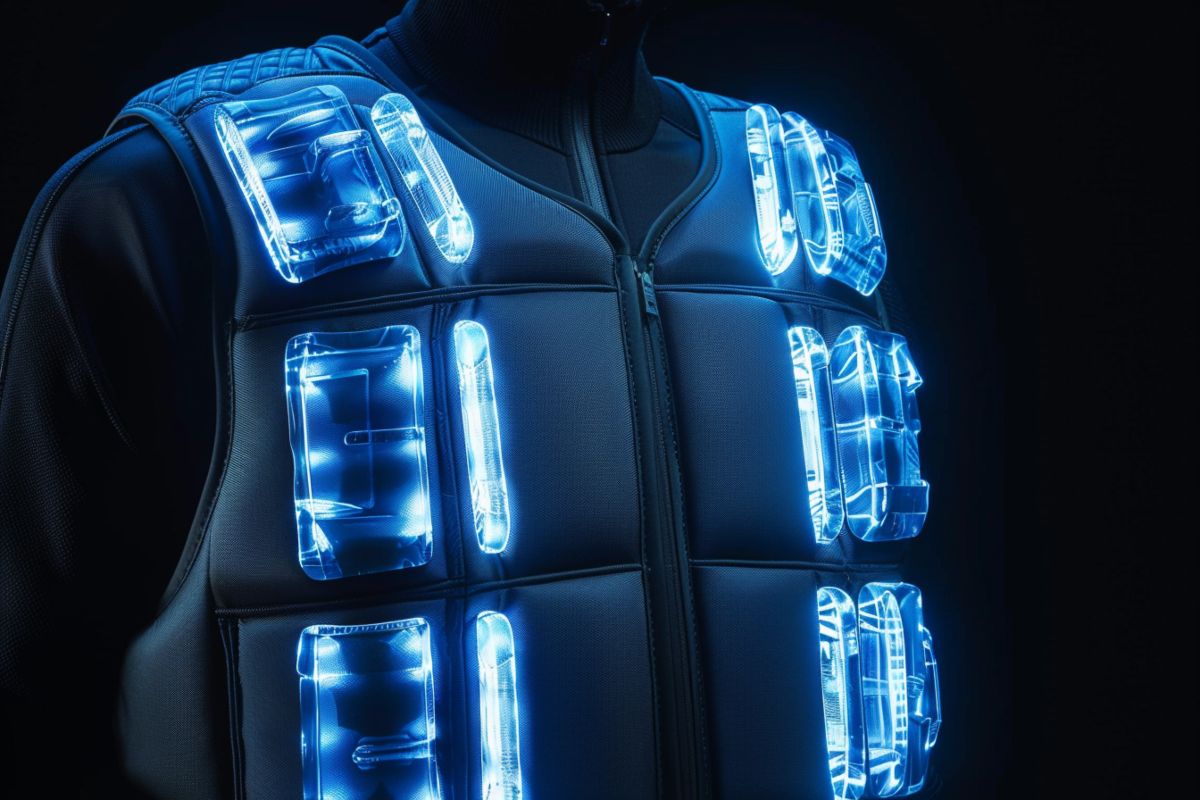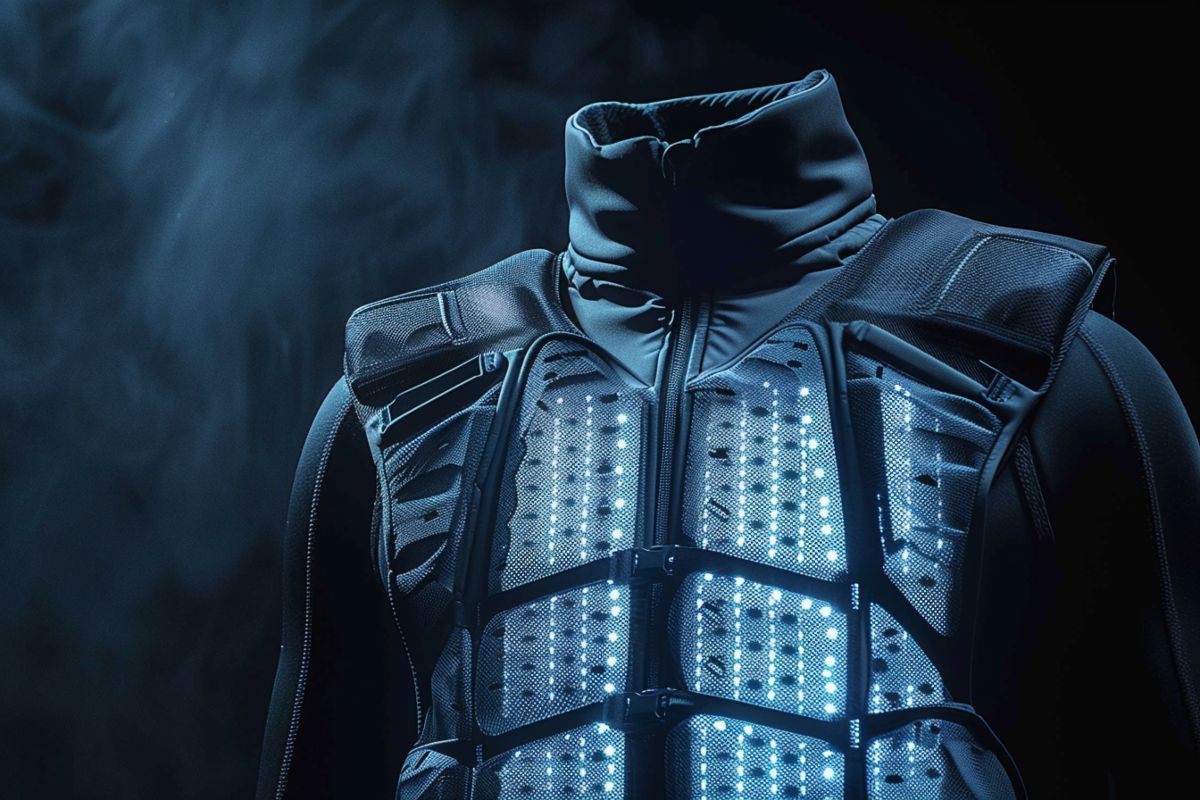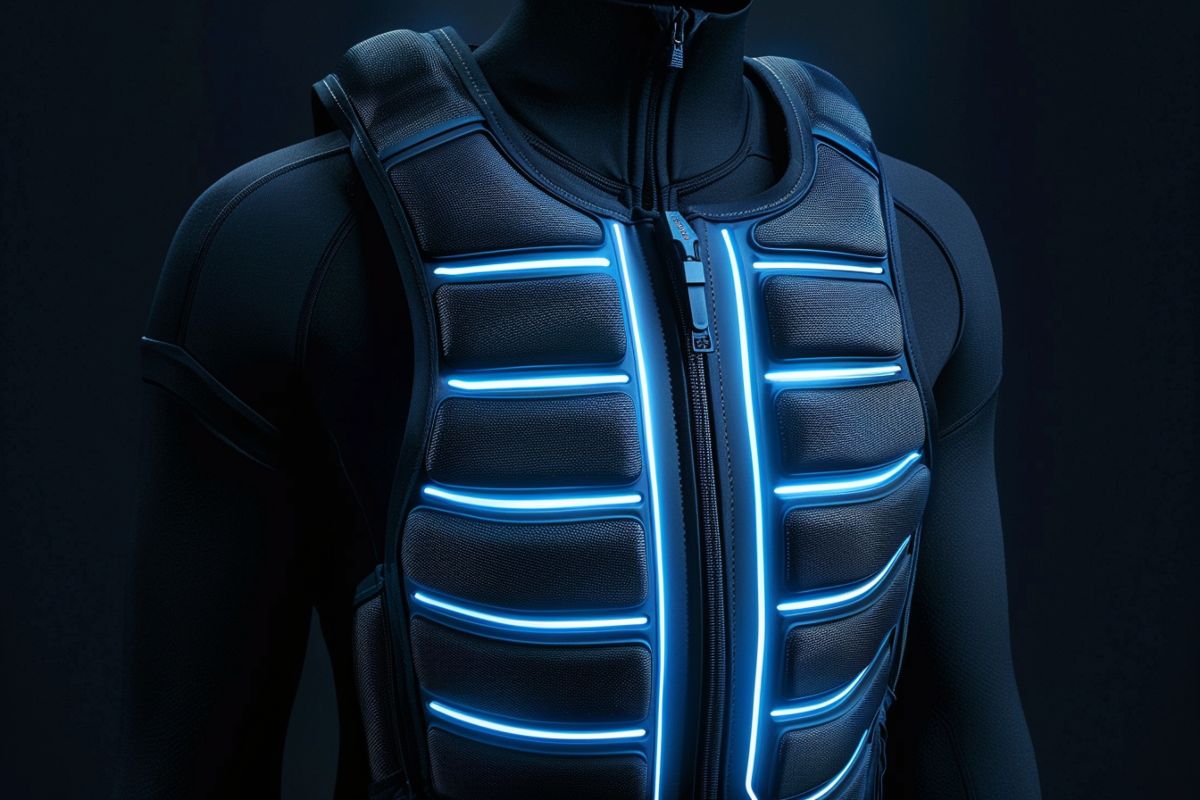Extreme heat isn’t just uncomfortable — it’s a direct hit on focus, stamina, and safety. From athletes chasing peak performance, to outdoor workers battling long shifts, to anyone managing health conditions, the fight against heat stress is universal.
That’s where cooling vests come in. More than gear, they’re wearable science — designed to regulate core temperature, protect your body, and help you go further no matter the forecast.
“Stay cool, last longer, and perform better — because the heat should never decide your limits.”
At their core, cooling vests are designed to fight heat stress — the body’s natural struggle when it overheats. But not all cooling vests work the same way. Depending on the design, each one taps into a different method of thermal regulation to keep your core temperature in check.

Like the Gobi Heat Canyon, these use internal channels, a quiet pump, and chilled water (plus an ice pack) to flow cooling relief across your torso. Best for long-duration cooling with consistent performance.

Built with phase change material (PCM) that absorbs and releases heat at fixed temperatures. Think of them as high-tech ice packs molded into a vest. Best for athletes who need predictable cooling intervals.

Soaked in water, these rely on natural evaporation to cool your body. Lightweight and simple, but less effective in high humidity. Best for casual outdoor use in dry climates.

Use built-in fans or pumps to circulate air or water. Learn how battery power impacts cooling performance here.
Each type has its strengths. Some maximize cooling time, while others focus on portability or simplicity. The key is knowing which system fits your lifestyle — whether you’re on a construction site, grinding through two-a-day practices, or managing heat-sensitive medical conditions.
Football is my first love and I’ll play until my legs fall off. If you want to follow my journey, feel free to check out my pictures and videos. Look forward to more!